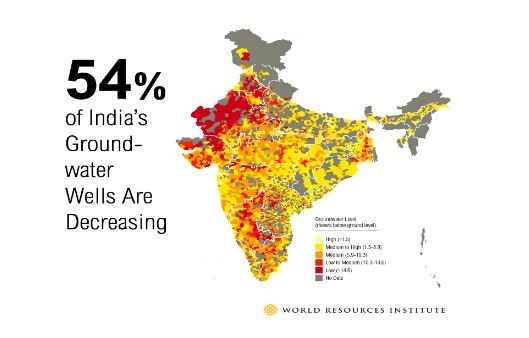Free Courses Sale ends Soon, Get It Now


Free Courses Sale ends Soon, Get It Now


Disclaimer: Copyright infringement not intended.
Context
Causes of the water shortage in banglururu
Low rainfall
Urbanization
Concretization of floors
Inadequate Infrastructure
Destruction of water bodies
Mismanagement and Inequitable Distribution
Government Schemes To Tackle The Groundwater Crisis in India
|
Case of The Cape Town water crisis ●Cape Town faced a serious water shortage between 2015 and 2018, which peaked around 2017. It was characterized by critically low levels of water in the city’s reservoirs, threatening to completely exhaust the city’s water supply, and forcing authorities to implement strict water-rationing measures. ●The scarcity was such that the prospect of “Day Zero” — the day when municipal authorities would effectively cut water supply due to empty reserves, and residents would have to queue up for a daily ration of water — defined life in the city. This would have made Cape Town the first major city in the world to “run out” of water. ●The crisis was caused by a prolonged period of below-average rainfall, resulting in a drought across the Western Cape. This resulted in the water levels in Cape Town’s reservoirs dropping significantly. A rapidly growing population, unplanned urbanization, and inefficient water-use practices further strained the city’s water supply. ●Like in Cape Town, Bengaluru’s poor are the worst hit in the crisis, with increased health risks arising due to the lack of water for sanitation and hygiene purposes. Images of residents queuing up to collect water from public taps and tankers have dominated the news in Bengaluru this year, just as they had during the Cape Town crisis. |
Efforts taken to resolve the water crisis?
Status of the water crisis in India as per NITI Aayog

|
PRACTICE QUESTION Q. Critically Evaluate the severity of the groundwater crisis in India concerning the recent Bangalore water crisis and suggest effective strategies to mitigate its impact. ( 250 words) |
© 2024 iasgyan. All right reserved